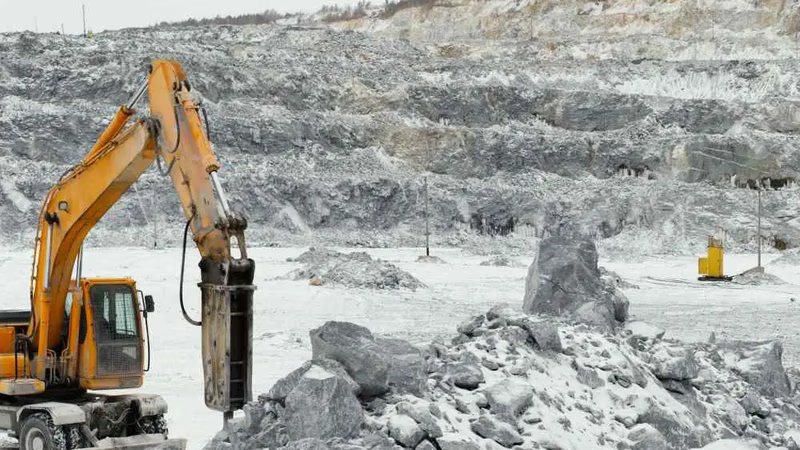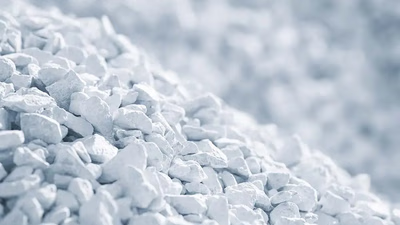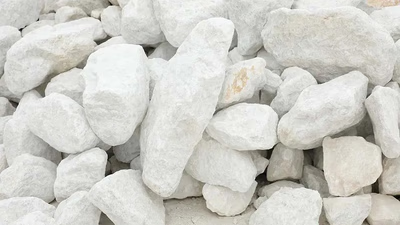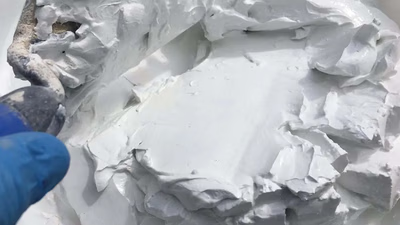
High-quality lime deposits in the Middle East for trade.
China is the largest lime producer in the world and has very rich lime reserves. Areas such as Henan Province, Hubei Province, Guangdong Province and Shanghai Province in China are famous for lime production. Russia is also one of the largest producers of lime in the world and has very significant reserves of lime. Regions such as the Ural region and Siberia are famous in Russia. India is another one of the largest producers of lime in the world and has very important reserves of lime. Regions like Rajasthan, Andhra Pradesh and Gujarat in India are famous for lime production. The United States has very significant reserves of lime and is one of the most important producers of lime in the world. Areas such as Alaska, Texas, Florida and the state of Kentucky are famous in the United States. Japan is also one of the countries that has significant reserves of lime. Areas like Honshu and Kyushu in Japan are famous for lime production.
Raw lime, also known as pure lime or slaked lime, is the primary form of lime that is extracted from the mine. This lime is in the form of large pieces or fragments and usually contains calcium oxide (CaO) and magnesium oxide (MgO). Hydrated lime, also known as heavy lime or hydrated white lime, is a type of lime that is prepared from raw lime by slaking. This form of lime contains hydrated calcium oxide (Ca(OH)₂) and is used in various industries such as construction, water and sewage industry, agriculture, etc. Calcined lime or baked lime is a form that is prepared by heating raw lime to a high temperature (approximately 900-1200 degrees Celsius). This process converts calcium carbonate into calcium oxide. Transgenic lime is used in metalworking, chemical industry, construction and plaster production . Lime putty or neutralized lime is a type of lime that is prepared by mixing raw lime with water. This form of lime is mainly used in paint and coating industry, building restoration and maintenance, production of building materials and ancient works.
Most buyers of lime require different shapes and applications. But in general, hydrated lime and calcined lime have the largest number of buyers in the world, among the different forms of lime, by volume and demand. Due to its suitable chemical and physical properties, hydrated lime is used in various industries such as construction, water and sewage industry, agriculture, food products, etc. Therefore, hydrated lime is widely used and purchased by various industry sectors. Transgenic lime is also used as a baked product in various industries such as steelmaking, metalworking, chemical industry, construction and plaster production. Therefore, this form of lime is also in demand and has many buyers in the global market.
The highest quality lime in the world is usually known as \"White Lime\" which is extracted in some regions of the world. This lime has high purity and outstanding physical and chemical properties. Italy is famous for its sources of high-quality lime, and the Carrara region is one of the most important sources of white lime in the world. Carrara white lime is famous for its high purity and white color and is known as one of the highest quality limes in the world. The Yucatan region of Mexico also has some high-quality lime resources. Yucatan white lime is known for its high purity and natural white color and is used in various industries such as construction, glass production, plastics, etc. The state of Vermont in the United States also has rich resources of white lime. Vermont white lime is noted for its high quality and purity and is used in various industries such as construction, paper production, chemicals , etc. There are also high quality lime resources in Finland. The Pargas area is one of the most important lime mining areas in Finland, and its white lime is famous for its high purity and excellent quality.
-

The lime market in West Asia is experiencing significant growth due to increasing demand from the construction, cement, and chemical industries. Key factors driving this demand include population growth, infrastructure development, and civil projects. Major producers in the region include Saudi Arabia, Iran, Iraq, Qatar, Oman, Turkey, and Egypt, which are known for their rich limestone deposits. Saudi Arabia stands out as a leading global producer with substantial reserves in regions like Hafr al-Batin and Ha"el. Oman’s Jabal Al-Akhdar is also notable for its limestone resources. The competitive landscape is intense due to numerous local producers and importers, which can lead to price pressures and quality challenges. To enhance competitiveness, improvements in product quality and production processes are essential. Transportation issues such as inadequate infrastructure and security concerns pose additional challenges for lime distribution.
Countries like Pakistan also play a role in the regional market by exporting lime to neighboring nations. Regulatory differences and security issues further complicate international trade within West Asia. Addressing these challenges through better customs facilities and unified regulations can facilitate smoother trade operations. Ultimately, maintaining high quality and competitive pricing will be crucial for producers aiming to secure their market position amidst fierce competition. "
-

China, India, the USA, Russia, and Brazil are the largest consumers of lime globally, driven by their industrial sectors such as construction, steelmaking, and agriculture. These countries possess significant lime mineral reserves and typically meet their domestic demand through local production. However, they may also import lime to satisfy higher demand. Engaging in industrial exhibitions related to the lime industry offers opportunities for networking with international buyers and exchanging valuable insights. The process of lime extraction involves identifying mines, conducting geological explorations, and utilizing various methods for extraction and processing. After extraction, lime is crushed, prepared, and packaged for distribution to various consumer industries. E-commerce platforms like B2B marketplaces facilitate direct connections between lime producers and global buyers by allowing them to publish product specifications and negotiate deals. Additionally, leveraging foreign trade services can enhance access to international markets. Establishing business relationships through conferences and industry events is crucial for expanding market reach.
-

China, Russia, and India lead global lime production, with significant reserves in regions like Henan, Ural, and Rajasthan. The United States and Japan also contribute notably to lime supply. Various forms of lime, including raw, hydrated, calcined, and transgenic lime, serve diverse industrial applications such as construction and agriculture. Hydrated lime is particularly in demand due to its versatility. High-quality lime, known as "White Lime," is sourced from Italy"s Carrara region and Mexico"s Yucatan region, recognized for their purity and exceptional properties. Vermont in the U. S. and Finland"s Pargas area also produce high-quality lime used across multiple industries.
Understanding these regional strengths can enhance trade opportunities within the Middle East and West Asia markets. "
-

Lime, a crucial chemical compound (CaO), is extensively exported by major producers like the US, China, India, and Brazil. Its significant export value stems from its diverse applications across various industries. In construction, lime is essential for producing cement, mortar, and other building materials. The cement industry heavily relies on lime as a raw material during the calcination process, making it vital for concrete production and infrastructure development. Additionally, lime plays a key role in the steel industry as an alloying agent that helps purify steel by absorbing impurities during refining. Its use extends to glass manufacturing, where it regulates properties and enhances production processes. Furthermore, lime is utilized in water treatment facilities as a purifying agent and in the paper industry for bleaching and pH control. Countries with abundant lime resources can leverage these applications to boost their export capabilities and meet international demand effectively.




